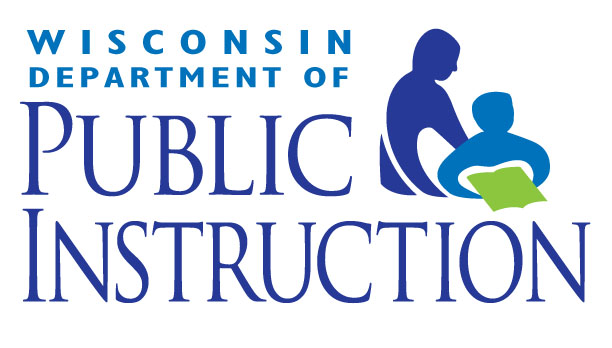
As required by state statute on or by October 15 of each year, the Wisconsin Department of Public Instruction has provided the certified amount each public school district will receive from the $4.584 billion appropriated for general state aid for the 2017-18 school year. This is the same amount of general state aid as the prior year’s budget appropriation.
Overall, 55% of the state’s public school districts will receive less general state aid this school year than they did in 2016-17. General aid is made up of equalization aid also known as the school aid formula, integration aid also known as Chapter 220 aid, and special adjustment aid also known as hold harmless aid.
Mineral Point
2017-18 Oct. 15 General Aid $4,321,892
2016-17 Oct. 15 General Aid $4,397,474
Dollar Change -$75,582
Percent Change -1.72%
Aid payments are based on 2016-17 audited numbers that include membership, property value, and eligible expenditures. Aid amounts for each of the state’s 422 public school districts can be found on the department’s School Financial Services website, both alphabetically and by percent change. https://dpi.wi.gov/sfs/aid/general/summary
School membership, which differs from enrollment, increased by 930 full-time equivalent (FTE) students and totaled 855,332 FTE for 2016-17. Most of the increase can be attributed to growth in the number of pupils in the Racine and Wisconsin Parental Choice programs. The membership increase also includes 217 FTE pupils who reside in 24 districts and were enrolled in private schools through the Special Needs Scholarship Program for 2016-17. Students in those private school choice programs are counted in membership for state aid purposes. Most of the per pupil payments to private schools in those three programs will be deducted from the general aid of the district in which the student resides. Additionally, nearly all districts will have 1.4% of their aid deducted, an estimated $65.9 million, to pay for the 7,850 FTE pupils enrolled in 23 independent charter schools. Districts can increase their property tax levy to recover the aid deduction for the independent charter school program and receive a revenue limit adjustment for aid deductions related to the private choice programs.
Shared costs per pupil, a main factor in the school aid formula, include the operating and debt costs of a school district. The statewide average shared cost per pupil for 2016-17 was $10,688.
Changes in property valuations are another factor that impacts whether a district receives more or less general state aid than the prior school year. Property valuations per pupil range from $8,316,200 in North Lakeland to $183,400 in Beloit, a ratio of 45:1 between the state’s most and least property wealthy districts. Beloit is the state’s highest aided district, receiving state general aid that covers 83.4 percent of its eligible shared costs. There are 20 districts that receive no equalization aid because their property wealth exceeds $1.9 million per pupil. Most of these districts receive special adjustment aid, which ensures that most aid decreases are held to no more than 15% from year-to-year. Four districts — Geneva J4, Mercer, North Lakeland, and Washington — are not eligible to receive general aid for the 2017-18 school year. In addition, the Norris School District did not have any aidable shared costs last year so it will receive no general aid for 2017-18.
General aid totals do not include per pupil categorical aid amounts, which are based on a three year average of Third Friday in September membership. That aid is $450 per pupil for the 2017-18 school year, totaling $378.2 million, and will be paid in March 2018.
(Press release courtesy of DPI)

